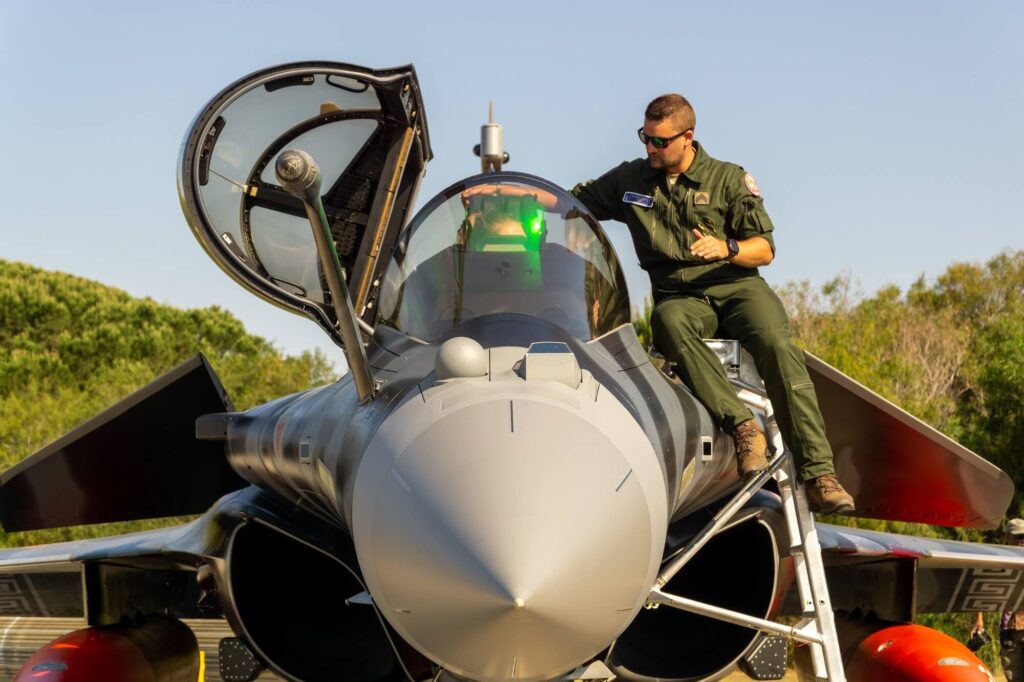A report on the challenges the French Air Force will face in 2023 has revealed an alarming training deficit for both fighter and transport pilots.
In his report, Parliament member Frank Giletti explained that fighter pilots are only expected to fly 147 hours in 2023, against 162 in 2022. This is below NATO standards, which require that a combat pilot fly a minimum of 180 flight hours annually.
“This training deficit is particularly detrimental, given that the current strategic context requires greater operational readiness of our aviators,” Giletti commented.
In response, the French Ministry of the Armed Forces said the hours shortfall was linked to aircraft availability.
“This situation results partly from the sale-export of Rafales to Croatia, which limits the number of airframes available and the production capacity of flight hours,” the French Ministry of the Armed Forces explained.
In May 2021, Croatia bought 12 used French F3R Rafale fighter jets to modernize the country’s air force. A new order for 42 Dassault Rafale jets will be placed by France in 2023, but deliveries will not start before 2027.
Deputy Chief of Staff Frederic Parisot had already warned the French parliament in a hearing on July 20, 2022, that the training shortage would extend for two years. “However, the situation remains acceptable, provided that the aircraft of the [future orders] are delivered on time,” he explained at the time.
Military transport pilots are also experiencing less flying, with only 189 flight hours expected in 2023. while the NATO standard is set at 320 hours. Once again, the Ministry said the low availability of the C130H and A400M fleets was to blame, caused by deployment delays and technical hazards.
An untimely shortage
Gilletti also noted that current missions were not necessarily providing the most suitable way for pilots to practice combat skills.
“Increasing operational readiness is all the more essential since the operations currently carried out in the Middle East, the Sahel region, or Ukraine [likely referring to observation and deterrence missions in neighboring countries – ed. note] mean the skills required in high-intensity combat are barely practiced, so the latter cannot be acquired otherwise than by training.”
The report provides two recommendations. The first is to continue developing and maturing simulated training and potentially account for it in a pilot’s operational activity.
A second axis would be to create a “Red Air” fleet of fighters. These aircraft, known as aggressors, would be able to provide realistic training, known as adversary air services (ADAIR), to French pilots. To do so, the report suggests either using the Dassault Mirage 2000 fighters that are being progressively phased out or relying on private contractors.
The second solution is being increasingly adopted by the United States Air Force, which cannot generate enough training capacity internally. In October 2019, seven contractors were awarded $6.4 billion worth of training contracts by the USAF.
Such a solution has already been considered by other branches of the French military. The French Navy, seeking not to overwork its 42 carrier-capable Rafale Marine fighters, has hired private contractor ARES to train naval fighter pilots.

